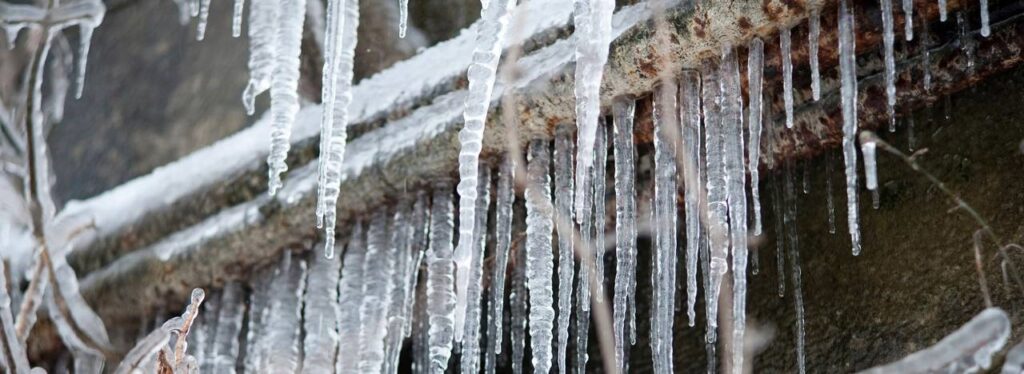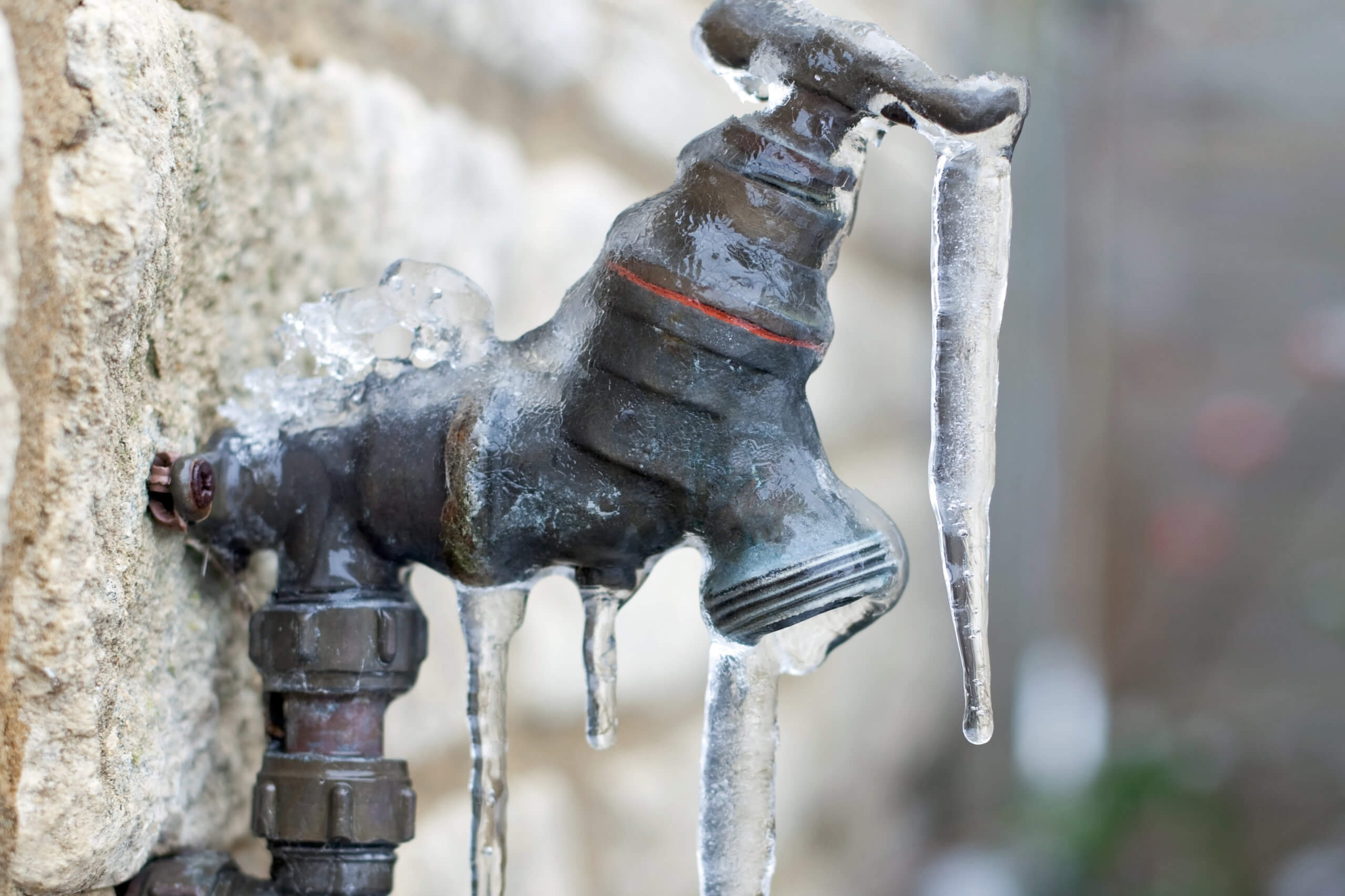Crucial Advice to Avoid Frozen Pipes in Cold Weather: Professional Guidance
Crucial Advice to Avoid Frozen Pipes in Cold Weather: Professional Guidance
Blog Article
We have uncovered this post on Winter Plumbing Precautions: Preventing Frozen Pipes below on the web and figured it made perfect sense to write about it with you in this article.

Winter can ruin your plumbing, particularly by freezing pipelines. Below's exactly how to prevent it from occurring and what to do if it does.
Intro
As temperatures decrease, the threat of frozen pipelines boosts, possibly bring about expensive repair work and water damages. Understanding exactly how to avoid frozen pipes is critical for property owners in cold climates.
Comprehending Frozen Pipes
What triggers pipes to freeze?
Pipes ice up when revealed to temperature levels below 32 ° F (0 ° C) for extended durations. As water inside the pipelines ices up, it expands, taxing the pipeline wall surfaces and potentially triggering them to break.
Risks and problems
Icy pipelines can lead to supply of water interruptions, building damages, and costly repair services. Burst pipes can flooding homes and create substantial structural damages.
Indications of Frozen Pipes
Recognizing frozen pipelines early can avoid them from bursting.
How to recognize icy pipes
Seek decreased water circulation from faucets, uncommon odors or noises from pipes, and visible frost on exposed pipes.
Prevention Tips
Protecting susceptible pipes
Wrap pipes in insulation sleeves or make use of warm tape to safeguard them from freezing temperatures. Concentrate on pipelines in unheated or exterior locations of the home.
Home heating techniques
Keep indoor spaces properly warmed, especially locations with plumbing. Open closet doors to allow warm air to flow around pipelines under sinks.
Shielding Outdoor Pipes
Garden tubes and exterior faucets
Detach and drain pipes yard tubes before wintertime. Set up frost-proof faucets or cover outdoor faucets with insulated caps.
What to Do If Your Pipelines Freeze
Immediate activities to take
If you presume frozen pipes, maintain faucets open to relieve pressure as the ice thaws. Use a hairdryer or towels taken in warm water to thaw pipes gradually.
Long-Term Solutions
Structural modifications
Take into consideration rerouting pipes away from outside wall surfaces or unheated areas. Include additional insulation to attics, basements, and crawl spaces.
Updating insulation
Buy high-quality insulation for pipelines, attics, and walls. Appropriate insulation helps preserve constant temperature levels and reduces the risk of frozen pipelines.
Final thought
Preventing frozen pipes calls for proactive procedures and fast reactions. By comprehending the causes, indicators, and preventive measures, property owners can secure their pipes during cold weather.
5 Ways to Prevent Frozen Pipes
Drain Outdoor Faucets and Disconnect Hoses
First, close the shut-off valve that controls the flow of water in the pipe to your outdoor faucet. Then, head outside to disconnect and drain your hose and open the outdoor faucet to allow the water to completely drain out of the line. Turn off the faucet when done. Finally, head back to the shut-off valve and drain the remaining water inside the pipe into a bucket or container. Additionally, if you have a home irrigation system, you should consider hiring an expert to clear the system of water each year.
Insulate Pipes
One of the best and most cost-effective methods for preventing frozen water pipes is to wrap your pipes with insulation. This is especially important for areas in your home that aren’t exposed to heat, such as an attic. We suggest using foam sleeves, which can typically be found at your local hardware store.
Keep Heat Running at 65
Your pipes are located inside your walls, and the temperature there is much colder than the rest of the house. To prevent your pipes from freezing, The Insurance Information Institute suggests that you keep your home heated to at least 65 degrees, even when traveling. You may want to invest in smart devices that can keep an eye on the temperature in your home while you’re away.
Leave Water Dripping
Moving water — even a small trickle — can prevent ice from forming inside your pipes. When freezing temps are imminent, start a drip of water from all faucets that serve exposed pipes. Leaving a few faucets running will also help relieve pressure inside the pipes and help prevent a rupture if the water inside freezes.
Open Cupboard Doors
Warm your kitchen and bathroom pipes by opening cupboards and vanities. You should also leave your interior doors ajar to help warm air circulate evenly throughout your home.

We were made aware of that write-up about How to Prevent Your Pipes From Freezing from a good friend on a different domain. Are you aware of somebody else who is looking into the subject? Why not share it. Thanks for going through it.
Schedule Service Now Report this page